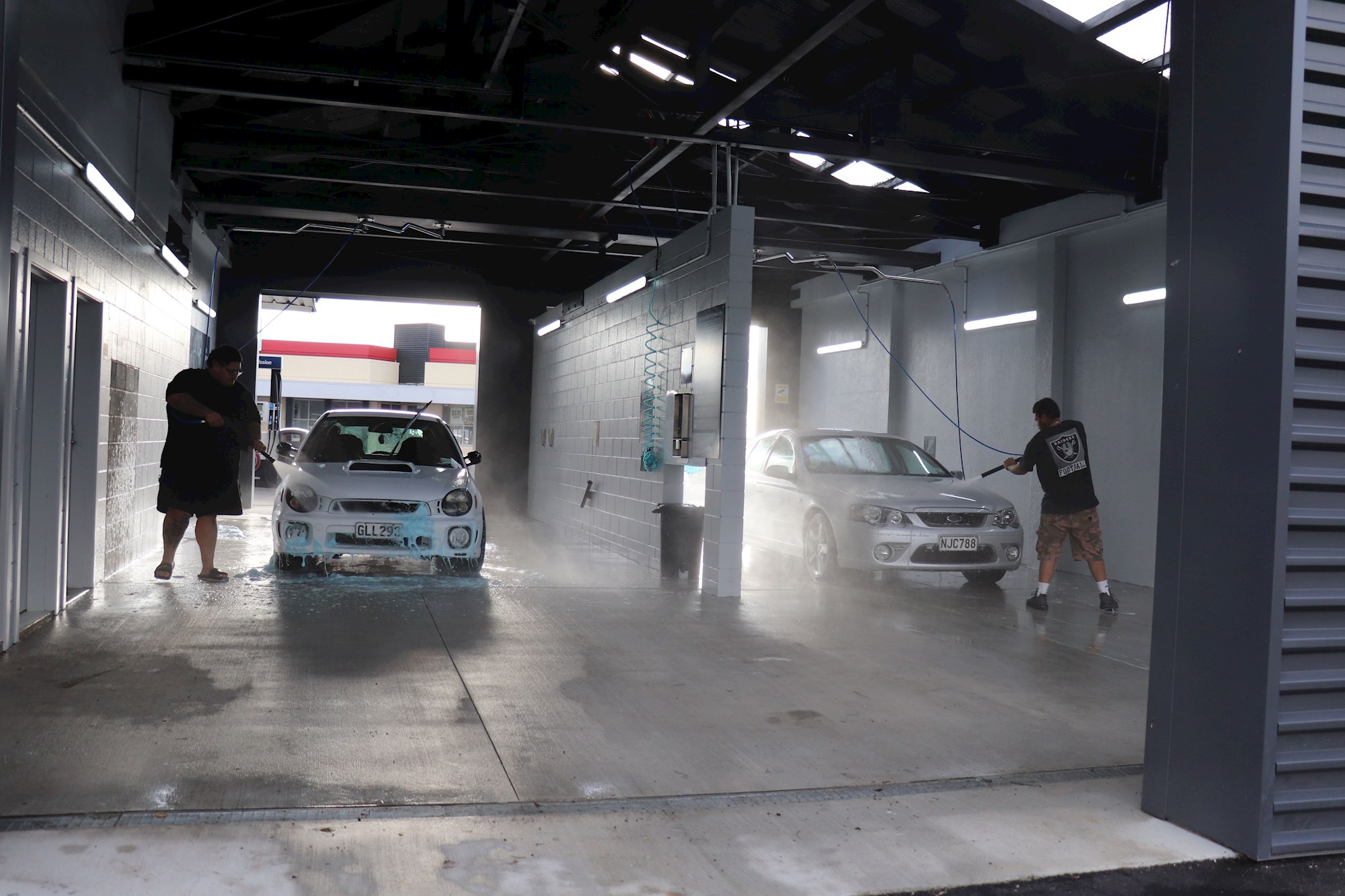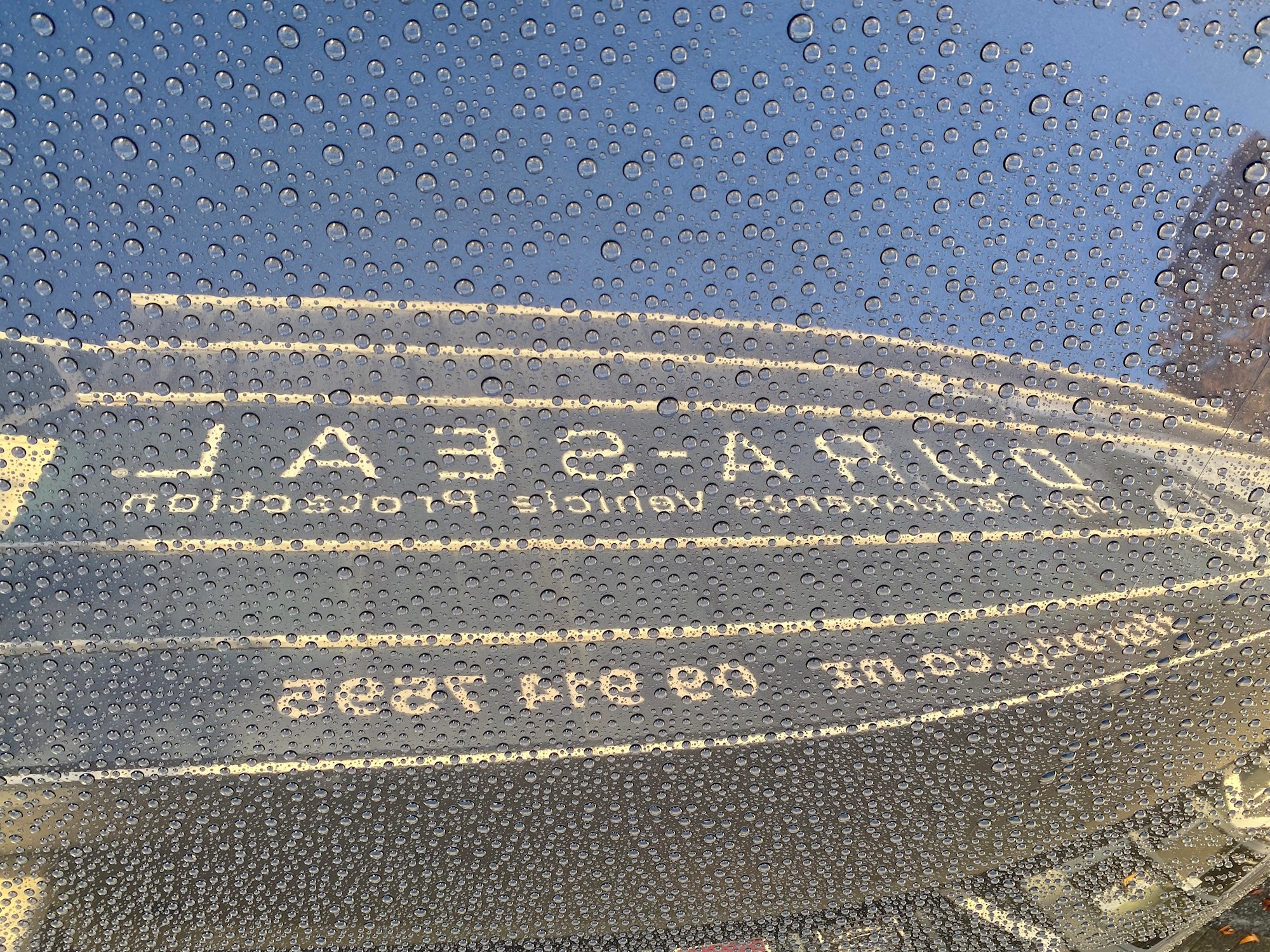Contaminants are the nemesis of all those that care deeply about the finish on their vehicles. Unfortunately, not only is there a list of natural sources looking to wreak havoc on the paintwork of cars, but a raft of man-made pollutants too.
As with natural contaminants, prevention or rapid removal are more often the best solution for these chemically-based attackers, but what if you can’t (or don’t) get to them quickly? Here are some of the simplest ways to remove common man-made blemishes.

Water spots
Yes, water itself is natural, but tap water is generally man-made and when it’s left to dry on a car, (after washing or in the firing line of your garden sprinkler) the chlorine and minerals within combine to create anarchy.
If you are there quick enough, wet the whole area and dry with a microfibre towel. However, if left for days (or even weeks), specialised products are available to assist with the removal of water spots without resort to cutting and polishing.
Car wash/soap residue
Always rinse the car with clean water after using car-wash detergents, thus making this a non-issue. But if left too long, wet the vehicle properly (it may need to soak a while to soften), wash again, rinse with clean water and then dry the car with a microfibre towel. If that does not work, seek professional advice.
Lime from roadworks
First and foremost, slow down: 30km/h is better than 60kkm/h, not only for the care of roadside workers but for paintwork too, as the slower you go the less lime is thrown up onto the car. Keep your distance from the vehicle ahead. Then clean as soon as you can.

If you can’t wash it off that day (or when you do have a chance the next day), get the vehicle thoroughly wet with water from a hose and keep the hose running over it; this will soften the lime. Once wet enough, most, if not all, will come off easily.
But avoid rubbing. If the lime is badly stuck, a good method is to soak a microfibre cloth in water, push it onto the spot, hold it there as long as possible and then wipe away gently. Add a strong car wash detergent if needed; this will help the water penetrate the lime and soften it.
Tar spots and splashes
The best solution is turpentine or “low flash white spirits”. The low flash product dries quickly but often gets a faster result. Caution: don’t smoke while doing this.
Brake dust
There are some really innovative products that can be sprayed onto the dust, turning it purple, and easily rinsing off. Otherwise, use a car wash detergent and wheel brush to achieve the same result. Obviously don’t use the wheel brush on painted panels!
Paint overspray
Best to seek professional advice, as so much depends on what type of paint it is. If you know it’s an acrylic and has not been on the car for weeks, methylated spirits can work well, but be careful as you can easily scratch the paint. Epoxy paint and the like are best to be removed by professionals. If you know who caused it you have every right to get them to pay for the removal.
Sunscreen
If removed within a few days, waterless wash spray on products will work well, or wash with car wash detergent. If left too long there are sunscreen removal products available which work well but if not cared for at all, a cut and polish may be needed.
Soft drinks
If this acidic, sugary liquid is spilled over the car, get it wet as soon as possible to soften and clean the car as you normally do. Leaving it too long can positively damage the paintwork.
Concrete splashes
Get to it quickly (as always) because when this hardens it will quite likely cause scratch marks when removed. Concrete, unlike lime, can not be made wet and soft again, so speed (time) is important.
To sum up, prevention is always better than cure, so slow down around roadworks and try to be mindful about where you park. On top of this, either the regular waxing of a car or a professionally applied ceramic coating will greatly assist in the removal of any of the above issues - and with far less effort.








